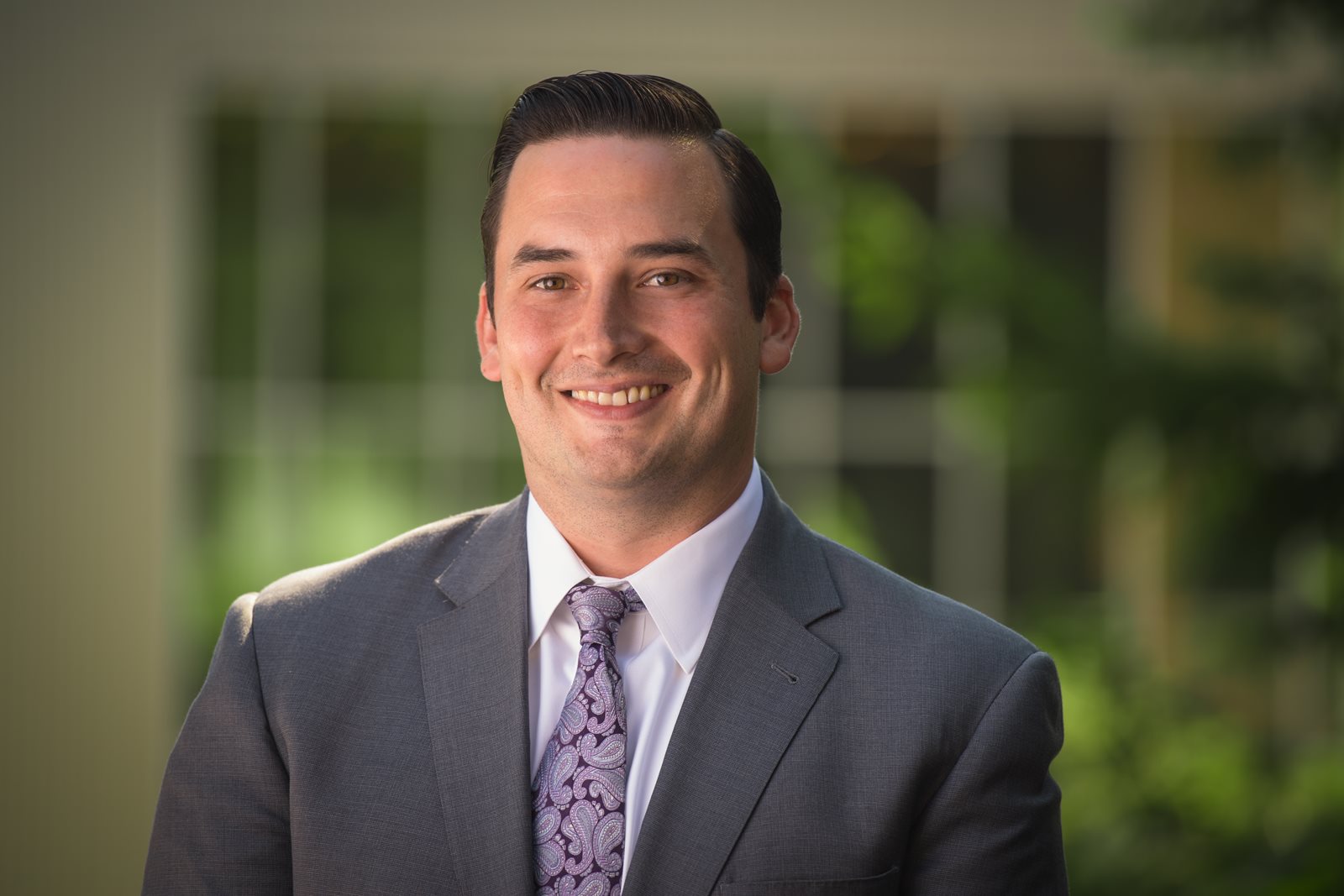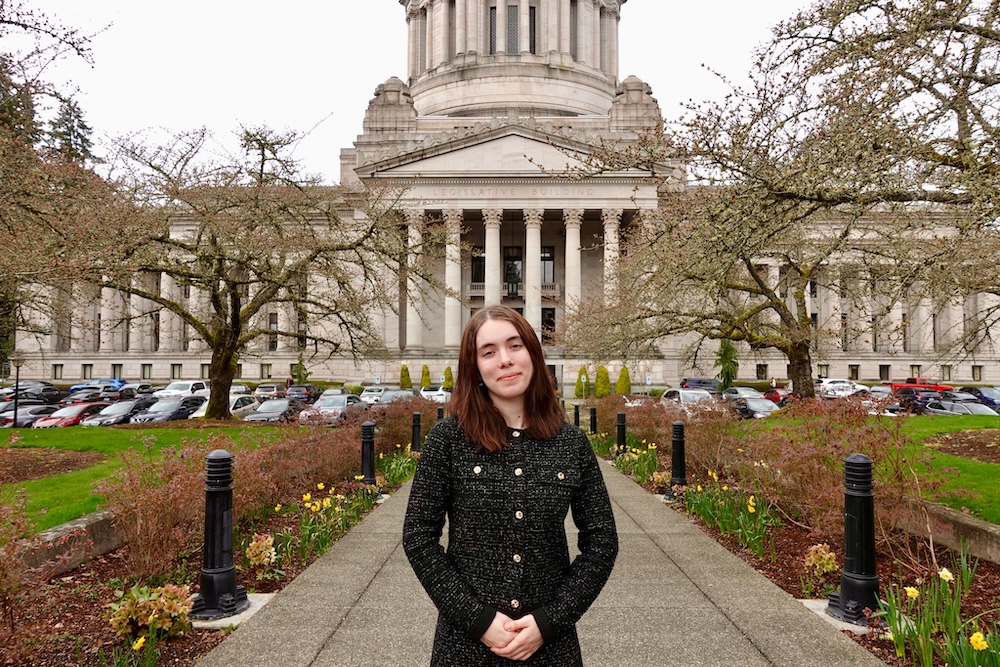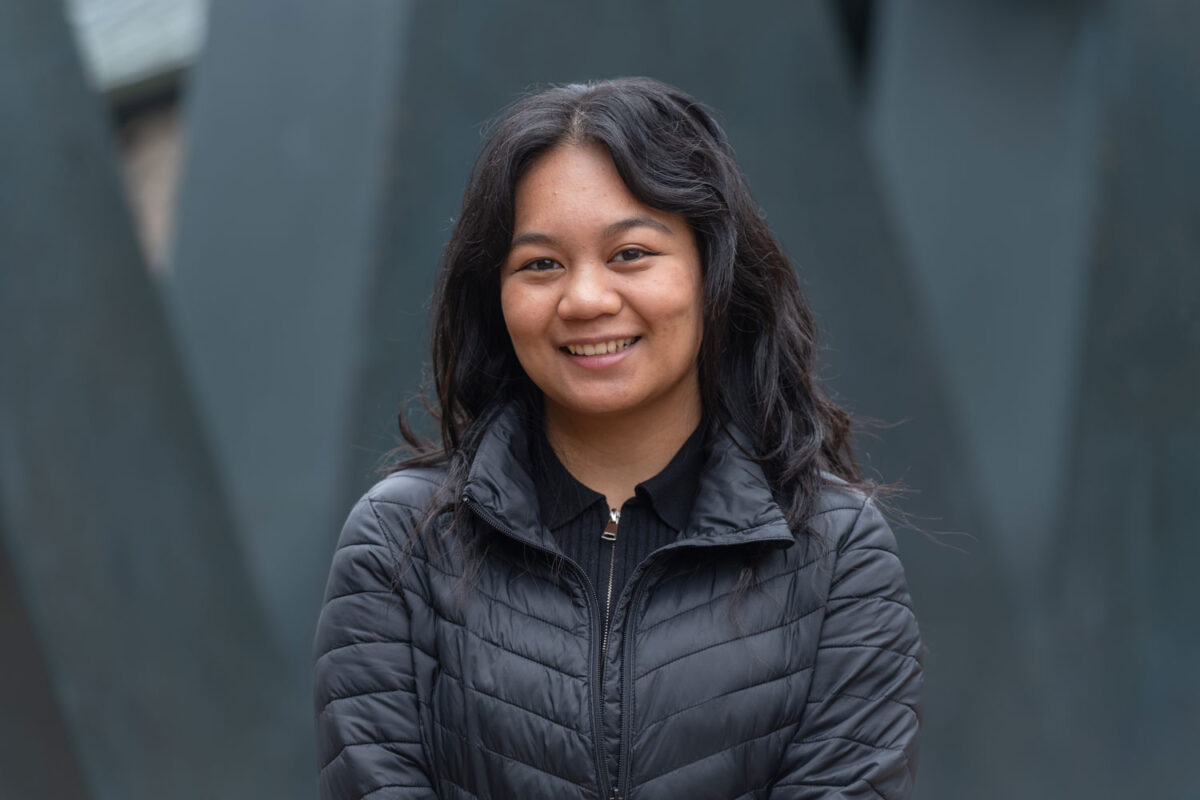
By Douglas Esser
James D. Miller, the new director of admissions at the University of Washington Bothell, recently sat down to share his thoughts about his job and the admissions process for students.
How have admissions changed since you went to college?
There was an explosion in the average number of colleges the student applied to; where that number of apps per student when I was a prospective student was 3-5 (I applied to three, for the record), it is now 10-12. The other big change has been a steady upward march of college costs combined with what has been at times a troubled economy. While the disposable income of the average middle class household has remained relatively stagnant, college costs have soared; something has to give there, right? That’s why I am so pleased to work at the University of Washington where tuition has gone down.
You bring experience from admissions work at a few universities, two of them right here in the Northwest. What’s different for you at UW Bothell?
I’ve always worked at places mostly focused on the 17-year-old who is entering college for the first time in the fall. To a much greater degree we are made up of first-year students than we have been in the past at UW Bothell, but to me this ratio of being basically 50-50 (first year-to-transfers) is a new experience, but a great one.
UW Bothell doesn’t have a traditional application deadline. What does that mean for the admissions office?
Fall is our biggest quarter in terms of number of students enrolling, but we also have significant new enrollments in winter, spring and summer. We’re always hustling.
Do you meet with students yourself?
Sometimes…not as often as I would like. Student interaction is my favorite part of the job. If there is a student or family member who needs help it’s everybody’s job to help that person. I do a little bit of student recruitment every year so I stay connected with what’s happening – what student challenges are either with our process or enrollment in higher education.
Who are some prospective students of special interest?
I think it’s fair to say that the overarching campus enrollment goal has been growth. In addition, the admissions office has had significant outreach to many different communities which have been underrepresented in higher education – African-American students, Hispanic students, Native American students, Asian students, first generation students as well. So a big component of what we do is continue to grow, but continue to grow in the way that our population is representative.
We know about college fairs and high school visits, what other outreach is effective?
There’s also a very important community relationship component of what we do. What I mean by that is networking and engaging with counselors who interact with students. Sometimes recruitment efforts go beyond.. It’s about helping students navigate the college search.
Working with students and making connections, what is the goal?
Keeping the focus on student access to higher education is at the very top of everything we’re doing.
What are some of the things you’re working on?
One thing we can do better, anywhere I’ve worked, is taking the complexity of the institution – the things that are required to navigate the place as a student – and boiling those pathways and methods for navigating the place down to their simplest form so that people can understand what their roadmap to graduation is and what the place has to offer them.
Any specific changes?
We’re going to be going paperless this year. We’re implementing software that will help us do our application processing in an electronic format, but also do a much better job in recruitment because we’ll have electronic records in a much more cohesive place going forward.
What does that mean for students?
Students already do a lot of what they do online. While students will experience a difference in our external communication much of the student experience will be made better because our internal work will be much more efficient.
How can admissions be more efficient?
We’re taking the opportunity of implementing new software to say, “Let’s imagine what we want to do and draw the simplest, straightest lines through our business processes that help us get to where we want to go.”
What questions do incoming students ask?
The core questions have been the same everywhere I’ve worked: Will I be safe there? Will I be comfortable? Will I have a place to live? Will I have place to eat? How quickly will I be able to graduate? What sort of careers will I be eligible for when I leave?
What other questions would be helpful for students to ask?
They might ask what’s the academic advising like. What are the reasons students leave? They should want to know in really specific terms, what kind of student does well academically and socially at our place. I think the social component is really important.
Admissions is obviously student focused but how does the office work with the rest of the campus?
We’re excited to continue the effort Steve Syverson (assistant vice chancellor for enrollment management) has started and move forward to build partnerships on campus in terms of the work we’re all trying to accomplish. We want to be a team that serves the entire campus community and all of its needs.
What are you excited about?
I am excited that I get to do this work every day. I know it sounds cheesy but there are lots of ways to occupy your working hours. Helping students, whose lives will be changed by the education we offer, access their higher education goals beats a lot of the major options.



